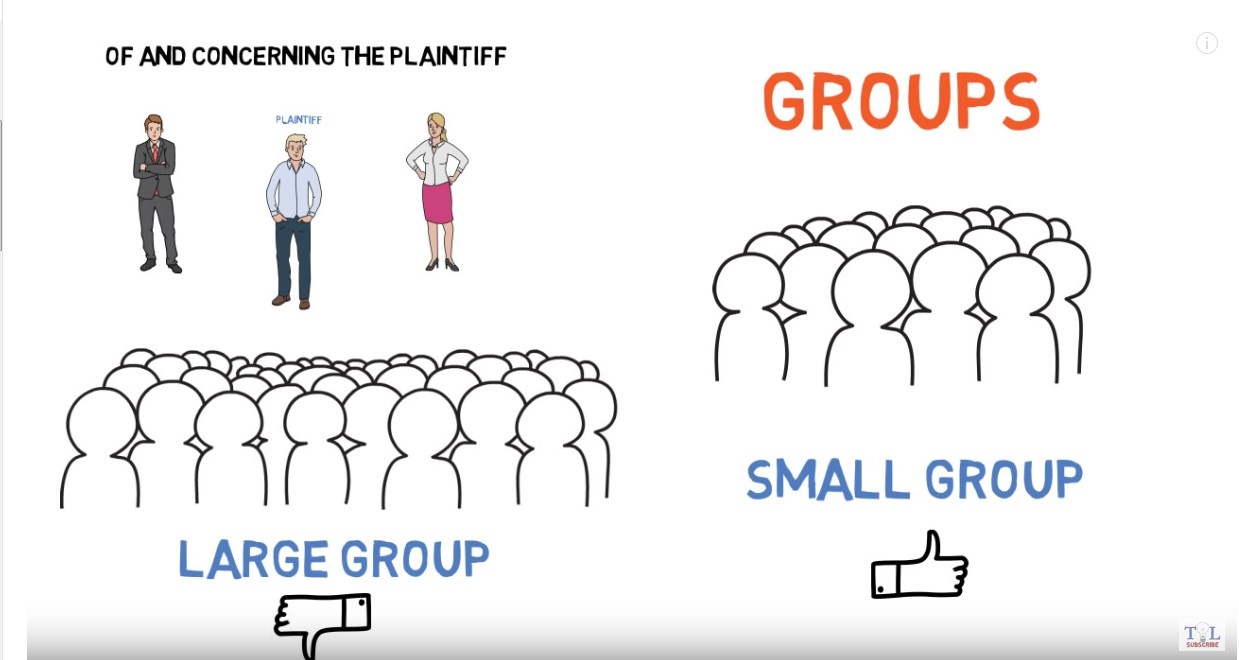
THE STERLING FIRM
* Disclaimer: For informational and educational purposes only. Not to be considered legal, business, or other professional advice.
DEFAMATION DEFINED
The elements for the cause of action include:
(1) False statement about the plaintiff;
(2) Publication of the statement to a third person who understands the meaning of the statement;
(3) Fault on the part of the defendant (which may be intentional, reckless, or negligent) in regard to falsity; and
(4) Actual or presumed damages suffered by the plaintiff.
THE PUBLICATION MUST BE READ AS A WHOLE
THE PARTY MUST BE IDENTIFIABLE
FICTIONAL CHARACTERS
HARM TO BUSINESS
FALSE STATEMENT OF FACT
FACT VS. OPINION
The “Contextual Test,” also referred to as “Totality of the Circumstances Test”, considers the following factors in determining whether an alleged statement is constitutionally privileged:
(1) The content and form of the communication taken in its totality;
(2) The circumstances surrounding the communication;
(3) The ordinary meaning of the words that make up the communication;
(4) The likely and reasonably understandable interpretation of the words; and
(5) The extent to which the words can be proved false or true by objective evidence.
REQUIREMENT OF FAULT STATUS OF THE PLAINTIFF
Public Officials
Public officials include those who have, or reasonably appear to have by virtue of their position, substantial responsibility for or control over the conduct of government affairs.
Pervasive Fame and Notoriety
A person who has achieved pervasive fame or notoriety is a public figure.
Such a person voluntarily seeks to influence the public.
Limited-Purpose Public Figure
A person who voluntarily injects themselves is considered public figure with regard to the particular event. Furthermore, a person may be drawn into a particular public controversy.
DEGREE OF FAULT REQUIRED FOR DEFAMATION ACTIONS
(1) Private Individual
A private individual alleging defamation must prove that the defendant was at least negligent with respect to the truth or falsity of the statement.
(2) Public Figure
In order for public officials, public figures, and limited-purpose public figures to recover for injury to reputation, they must prove that the defendant acted with actual malice, which is a standard that places an extremely high burden of proof on the plaintiff to establish by clear and convincing evidence that the defendant had knowledge that the statement was false or that the defendant acted with reckless disregard for whether the statement was false or not.
(3) No Liability Without Fault
The United States Constitution there cannot be liability without some degree of fault.
AVAILABLE DAMAGES IN DEFAMATION ACTIONS
Presumed Damages for Defamation Per Se
(1) Commission of a crime;
(2) Incompetence in business, trade, profession, or office;
(3) Serious sexual misconduct, such as unchastity of a woman; and
(4) Loathsome disease, such that the individual is excluded from society.
Special Damages
Special damages are damages that the plaintiff has suffered in regard to loss in property, business, trade, profession, or occupation, loss of income, loss of profits, loss of credit, loss of employability, and also including the amount of money the plaintiff has expended as a result of the alleged libel.
Punitive Damages
Punitive damages, also known as exemplary damages, are awarded in order to punish the defendant and to deter similar conduct by others. In order to recover, the plaintiff must show actual malice and the defendant’s wantonness in making the statement.
THE ABSOLUTE DEFENSE OF TRUTH
STATUTE OF LIMITATIONS
RELATED CAUSES OF ACTION
(1) Intentional or Negligent Infliction of Emotional Distress, which includes extreme and outrageous conduct;
(2) Injurious Falsehood, which includes the disparagement of property (known as slander of title) and disparagement of the quality goods or services provided by a business (known as trade libel); and
(3) False Light Invasion of Privacy. Now that we have covered the basics of defamation, I hope you find this information useful. Thank you for allowing me to be of service. If you have any questions, you can email me personally at This email address is being protected from spambots. You need JavaScript enabled to view it. or you can always call (310) 498-2750 to speak with an experienced attorney.
Category



A primer on online defamation, a.k.a. internet slander and libel.


